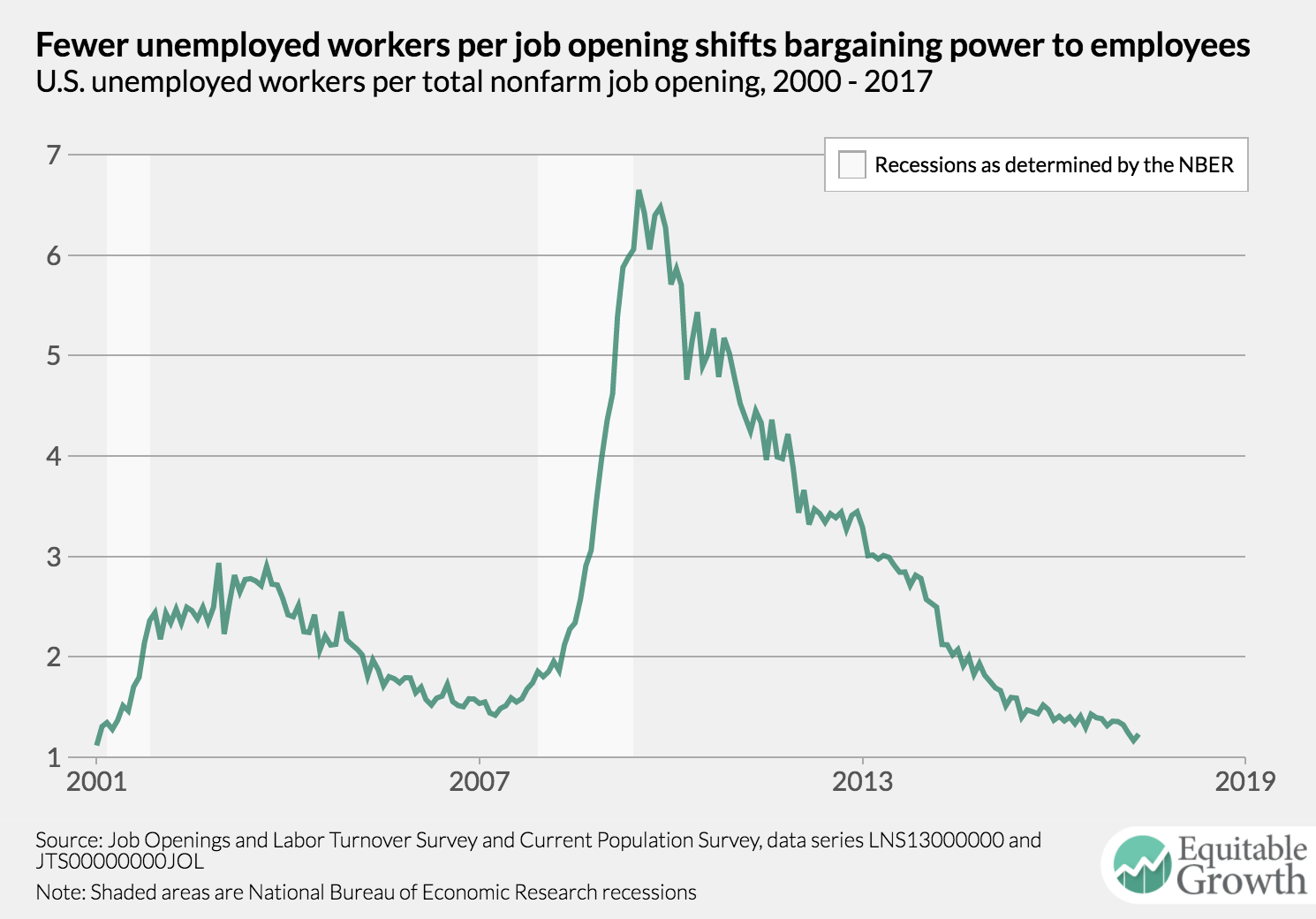Must-Read: Ann Marie Marciarille: More Than One Way to Say “No”: “When I teach my students about the concept of guaranteed issue in health insurance I always make it clear that without some constraints on individual underwriting it can mean very little… http://www.marciarille.com/2017/07/more-than-one-way-to-say-no.html
…In short, there is more than one way to say “no” to an applicant for health insurance. A health insurance company could decline to issue a policy or it could offer coverage at such an incredibly high cost that the answer might as well be no. The latter has the virtue of being nominally non-exclusionary, because the only problem is “affordability”, but if that problem is not remedied by some kind of subsidy or discount it is the problem that can end all access.
Senator Cruz’s subsidies proposal max’s out subsidies at the $42,000 in annual income level, much much lower than the current ACA level, leaving a significant coverage and affordability gap to only widen.
All of this is pretty much what is at stake with Ted Cruz’s market segmenting proposal to fix the Senate GOP health care reform proposal. Insurers, under it, may sell non-ACA conforming products so long as they sell one ACA conforming product. There are no limits to what the non-ACA conforming insurance products may look like so think back to such pre-ACA health insurance marvels as policies lacking hospitalization coverage, maternity coverage, mental health coverage, prescription drug coverage, and so on. Yes, the one sheet manifesto describing these policies as consumer demanded describes these policies as the flavors of freedom — must be why the data tells us so many thinly insured Americans used to feel free to just stay home and celebrate freedom when policies with those limitations maxed out and not crush into the nation’s already highly stressed government funded free clinics.


